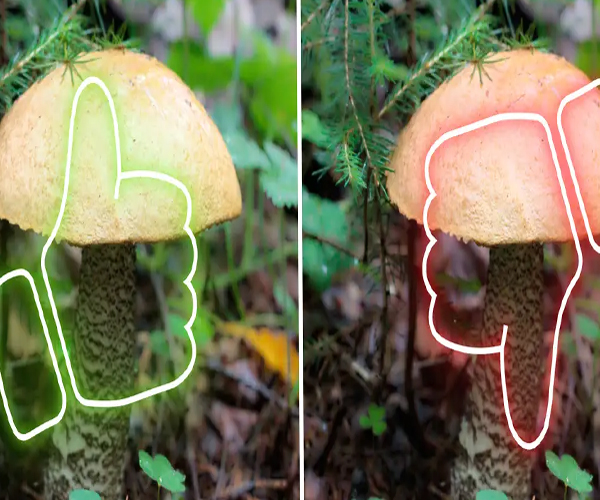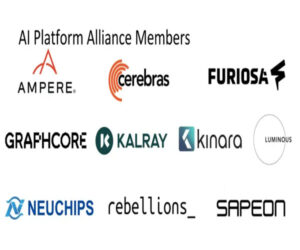If frolicking in the woods foraging for wild mushrooms is on your bucket list, by all means, go forth. But when the time comes to determine whether you can eat the mushrooms you picked, please don’t rely on AI.
A new in-depth report from Public Citizen, a nonprofit consumer advocacy group, warns novice mushroomers against using AI identification tools to determine whether their bounty is edible, pointing out that identifying mushrooms is a “high-risk activity that requires real-world skills.” Public Citizen’s warning comes amid a rise in interest and online searches for mushroom ID software and apps in recent years, the report states, citing data from Google Trends.
While Rick Claypool, Public Citizen’s research director, states that AI-powered apps can be powerful tools when it comes to learning more about plants and animals, these queries cannot be compared to mushroom foraging—where simply taking a photo of a mushroom and running it through an app isn’t enough.
“Experienced local foragers know there is no substitution for finding, seeing, smelling, touching, and, sometimes, tasting wild mushrooms where and when they appear,” Claypool writes in the report. “Local knowledge is vital, as different species are found in different parts of the country.”
A photo of a mushroom’s cap, for instance, is almost never enough to identify a species with any degree of confidence, Claypool notes. It’s crucial to take into account features on the underside of the mushroom’s cap, the cap’s width, the stem, and the base of the stem. Furthermore, mushroomers must take note of where the mushroom is growing, such as on the ground or wood. If it’s growing on wood, foragers also have to identify the species of wood.
AI-based apps can also be highly beneficial in plant toxicity detection in developing countries like Ethiopia. Here are some reasons why they are important:
Identification of Toxic Plants: AI algorithms can analyze images of plants and accurately identify toxic species. This capability is particularly relevant in regions like Ethiopia, where there is a rich diversity of plant species
Source: GIZMODO newsletter




